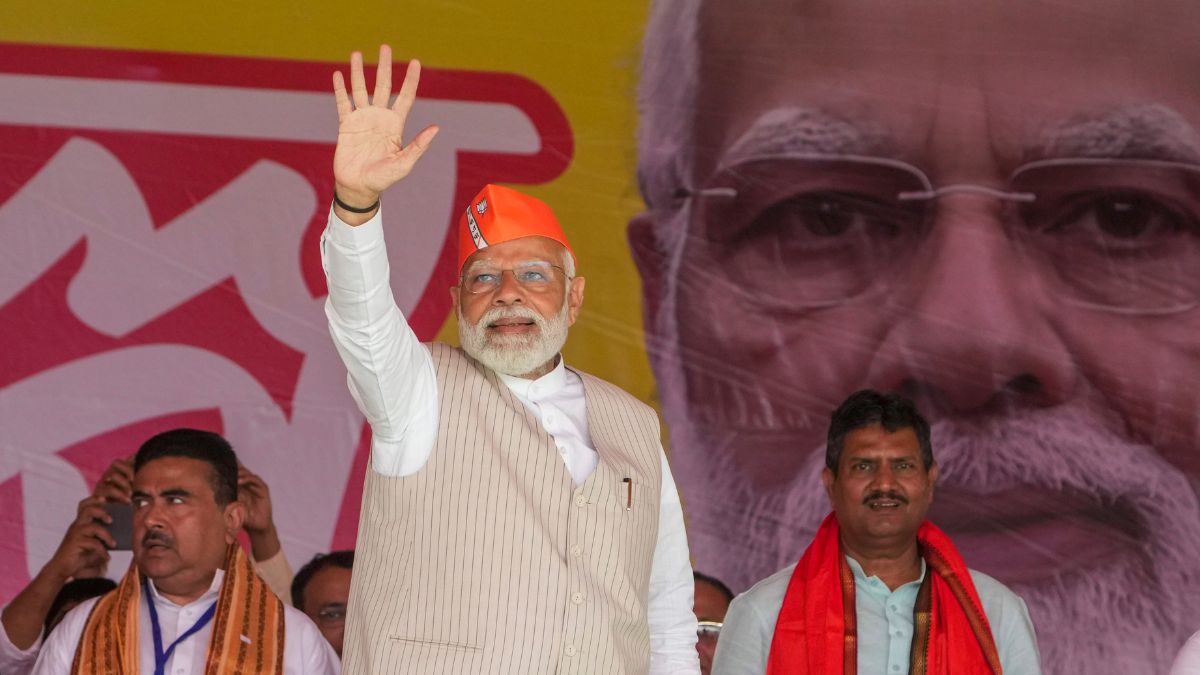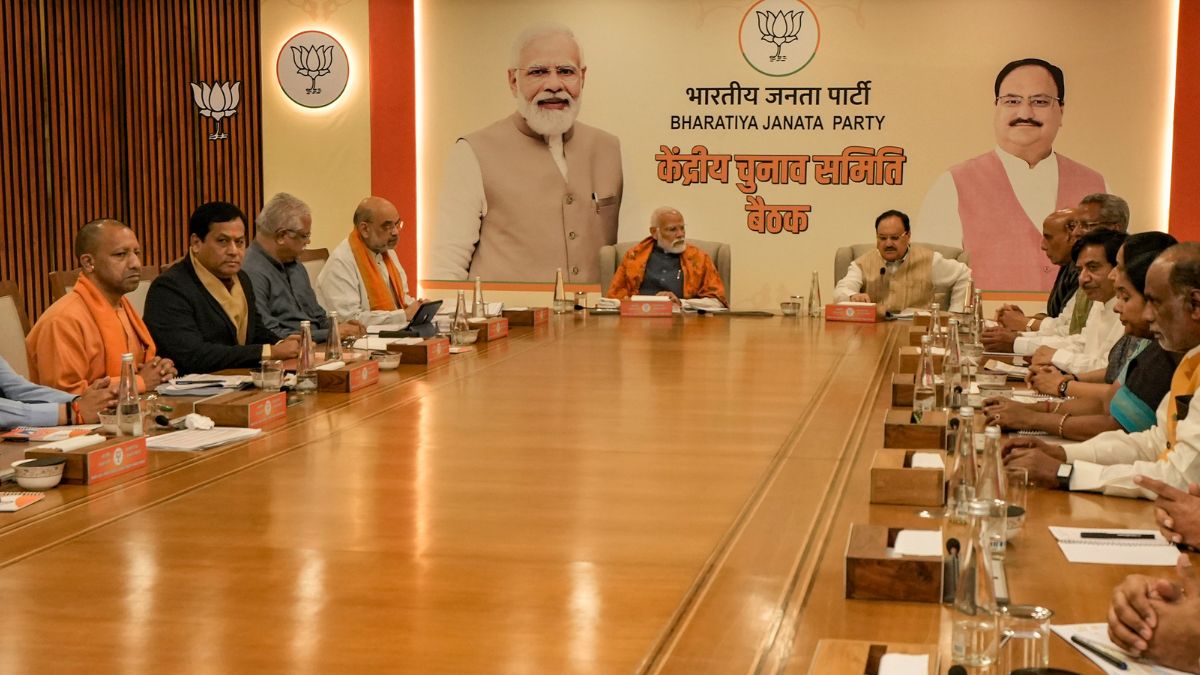Prime Minister Narendra Modi will be embarking on a whirlwind tour of all five Central Asian countries and Russia on 6 July, a clever bit of foreign policy by him to focus on the resource-rich strategically located region where China has already made deep forays. After he returns to New Delhi on 14 July he would have completed a tour of 25 countries and one can find one common underlying theme in most of his trips abroad: to counter China’s lengthening shadows and bolster India’s presence in these countries.
He would be going to Ufa, Russia for back-to-back summits of BRICS (8-9 July) and Shanghai Cooperation Organization or SCO (10 July) after visiting two Central Asian countries, Uzbekistan and Kazakhstan, and on his way back from Ufa he will be visiting three other Central Asian countries – Turkmenistan, Kyrgyzstan and Tajikistan. His Central Asian itinerary is as follows: Uzbekistan (6-7 July), Kazakhstan (7-8 July), Turkmenistan (10-11 July), Kyrgyzstan (11-12 July), and Tajikistan (12-13 July). This article focuses only on the Central Asian part of the PM’s visit. This will be the first time when an Indian PM is visiting all five Central Asian countries in one go since their independence in 1991. The prime minister will be spending barely 24 hours at the maximum in any of the countries. In Uzbekistan, PM Modi will be having an interaction with Indologists and Hindi language students. Tashkent is one of the centres of Indology in the world and which has a very extensive history of Indological studies, according to Navtej Sarna, Secretary (West) in the Ministry of External Affairs. In Kazakhstan, he would be making his major address at the Nazarbayev University and would also be inaugurating the India-Kazakhstan Centre for Excellence in ICT where a PARAM supercomputer has been stationed. There will be a business event also in Kazakhstan with leading CEOs from both sides. In Turkmenistan, a highlight will be the inauguration of the Centre for Traditional Medicine and Yoga, the first such centre that is going to be set up in this entire region with the participation of the Turkmen government. In Kyrgyzstan, PM Modi would be inaugurating the E-Health link and a virtual link is being set up with one of the hospitals in Bishkek with hospitals in India. This is a pilot project which will then be replicated in many other cities. In Tajikistan, the prime minister would be having “very detailed discussions” with President Rahmon. MEA officials are loath to expand further on this but one can understand the strategic nature of talks between Modi and Rahmon considering the fact that India’s only military base abroad in at Ayni in Tajikistan. The Indian government is tight-lipped about its current status. India looks at Central Asia as its extended neighbourhood with which it has very old historical and cultural linkages dating back to at least 2,500 years. India has stayed engaged with each of the five Central Asian countries since they became independent countries in 1991 and involved in multiple areas like health, capacity building and entrepreneur development. Central Asian countries are resource rich countries and there is a huge potential for furthering India’s ties with the region in pursuit of energy security in oil and gas. For example, Turkmenistan has the fourth largest gas reserves in the world. Kazakhstan is one of the major oil producers and also the largest uranium producer in the world and the other three countries are also rich in several other minerals. The flip side is while there is an immense potential for increasing India’s trade and investment in the region, it is easier said than done in view of lack of surface connectivity. So, while the region may be very close to India and the flying time from New Delhi to capitals of Central Asian countries is just about three and a half hours, it is very difficult to get containers across there. Attempts are being made for years to improve Central Asian connectivity through the North-South Transport Corridor (NSTC), a 5,600-km-long corridor aimed at moving freight from India, Iran, Azerbaizan and Russia via ship, rail and road. The objective of the corridor is to increase trade connectivity between major cities such as Mumbai, Moscow, Tehran, Baku, Bandar Abbas, Astrakhan and Bandar Anzali. Dry runs of two routes were conducted in 2014, the first one from Mumbai to Baku via Bandar Abbas and the second from Mumbai to Astrakhan via Bandar Abbas, Tehran and Bandar Anzali.
On the current status of NSTC, Navtej Sarna went on record as saying thus on 3 July: “NSTC is targeting Bandar Abbas, from Bandar Abbas up to the Caspian, and through the Caspian to Russia. So, that combines rail, road, lake. Recently the Kazakhstan-Turkmenistan-Iran rail link was inaugurated.” India is hoping to get a wider membership in the North South Corridor. India’s Chabahar project in Iran is going to link up with this corridor. Once that happens, India can think of catching up a little bit with China. China’s penetration in Central Asia, a Russian backyard, in past fifteen years has stunned even Russia. Three countries are wielding most influence in Central Asia currently – China, Russia and the United States, in that order. China has pumped in over $33 billion in Central Asia in past one decade only as this writer had said earlier . Here is the break-up of Chinese investment between 2005 and 2015: Tajikistan ($1.24 billion), Turkmenistan ($3.88 billion), Uzbekistan ($1.51 billion), Kazakhstan ($23.55 billion) and Kyrgyzstan $3.61 billion). In contrast, India total trade with the region is $1.6 billion. Indian engagement with Central Asia is obviously tiny compared to China’s. Though India cannot expect to match Chinese presence in this vital region, the PM’s visit will convey very strongly India’s intent to rev up its engagement with this region. For this reason, Modi’s upcoming visit is loaded with strategic content.


)




)
)
)
)
)
)
)
)